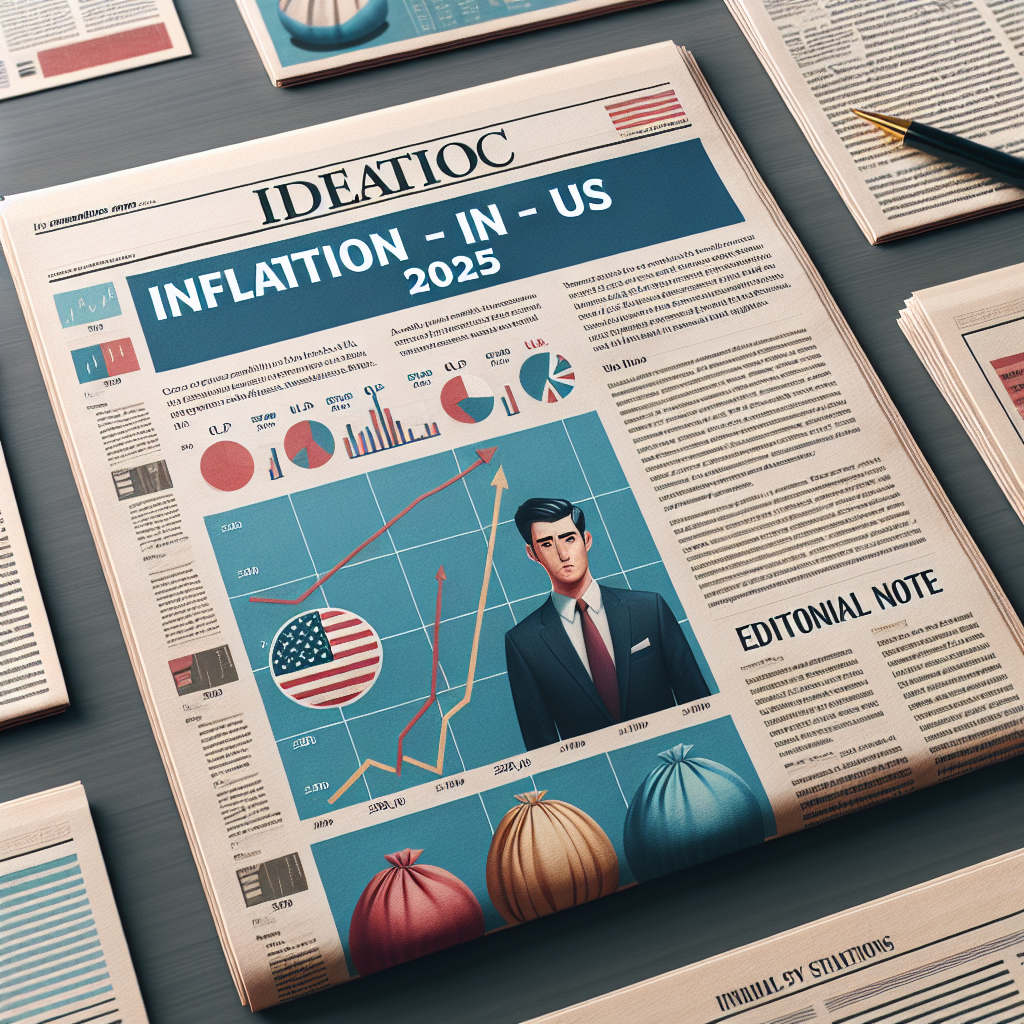Understanding Inflation in the US: 2025 Outlook
As we approach 2025, the conversation surrounding inflation has become increasingly vital for consumers, investors, and policymakers alike. The impact of inflation is felt across various sectors of the economy, influencing purchasing power, investment decisions, and monetary policy strategies. This blog post aims to dissect the anticipated trends in inflation throughout 2025 and provide actionable insights that can empower our audience in making educated financial choices.
Current Inflation Trends
Inflation in the United States has experienced significant fluctuations over the past few years. As of the latest figures from Bureau of Labor Statistics (BLS), the current inflation rate stands at 4.2%, a decline from the heights witnessed in 2021. However, various economic indicators suggest that this moderation may be temporary. For 2025, experts predict a potential rise in inflation to approximately 3.5% to 4% as supply chain constraints continue to influence production and transportation costs, alongside soaring demand as consumer spending rebounds post-pandemic.
Factors Influencing Future Inflation Rates
Several factors contribute to the predicted inflation landscape for 2025:
-
Supply Chain Disruptions: Long-standing issues in supply chains, worsened by global events, may prolong inflationary pressures. These disruptions can lead to increased costs for goods and services, ultimately affecting consumers’ wallets.
-
Increased Consumer Demand: With the lift of COVID-19 restrictions, consumer spending is expected to surge. This increase in demand can outpace supply, creating upward pressure on prices.
-
Monetary Policy Adjustments: The Federal Reserve’s approach to interest rates will play a crucial role in controlling inflation. Any hike in rates may slow down economic activities, while a pause could contribute to sustained inflation.
Recommendations for Consumers
To navigate the potential for rising inflation in 2025, consumers may consider various strategies:
-
Invest in Inflation-Protected Securities: Instruments such as Treasury Inflation-Protected Securities (TIPS) can safeguard investments against the eroding value of money due to inflation.
-
Diversify Your Investment Portfolio: Including real assets like real estate or commodities can provide a hedge against inflation, as these often appreciate when prices rise.
-
Stay Informed: Following federal policies and global economic trends can better equip individuals to anticipate changes in the financial landscape and adjust their strategies accordingly.
Actionable Insights for Investors
Investors must remain vigilant and proactive in response to inflationary trends in 2025. Key insights include:
-
Monitor Interest Rates: Pay attention to Federal Reserve meetings and economic forecasts to better inform your investment decisions, especially in fixed-income securities.
-
Consider Sector-Specific Trends: Some sectors may benefit from inflation, such as energy or commodities. Identifying these trends early may offer lucrative opportunities in your investment strategy.
-
Utilize Financial Experts: Engaging with financial advisors can help individuals tailor their investment strategies to their risk tolerance and long-term objectives while addressing potential inflationary impacts.
Conclusion
As we move toward 2025, understanding and preparing for inflation is paramount for both consumers and investors. Staying informed about market trends and economic indicators can help effectively navigate this uncertain terrain. By employing strategic financial planning and informed decision-making, individuals can better position themselves for the challenges ahead.
For more vivid insights, check out our accompanying infographic that visually summarizes key inflation statistics and projections for 2025!
!Inflation Infographic
By being proactive and knowledgeable about the evolving economic landscape, you can make decisions that protect your financial future.
Please follow our social media channels for continuous updates about inflation and economic trends:
